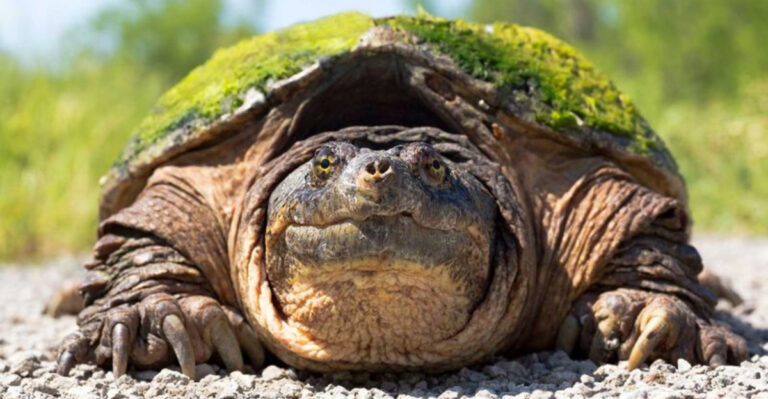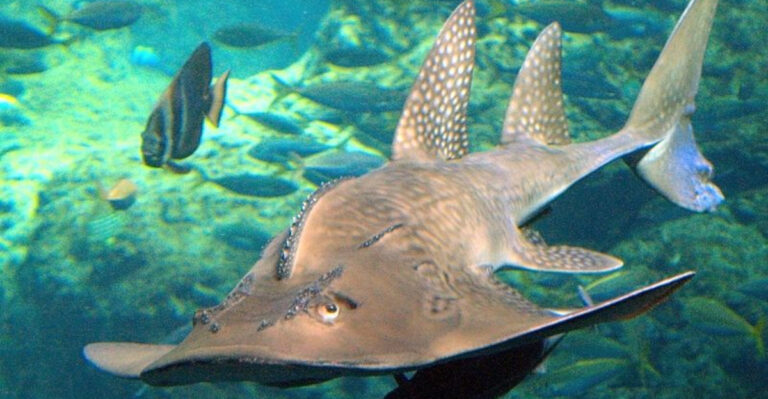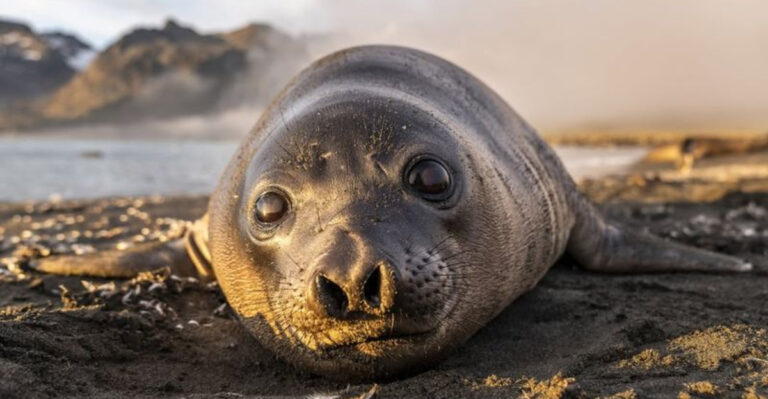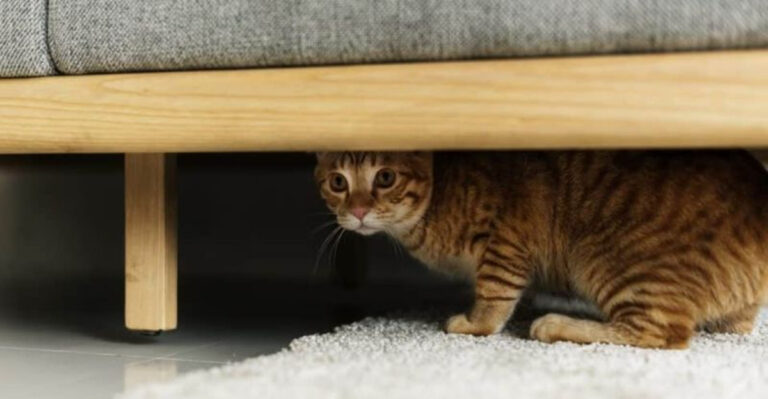9 Vet-Approved Tips To Prevent Hairballs In Cats
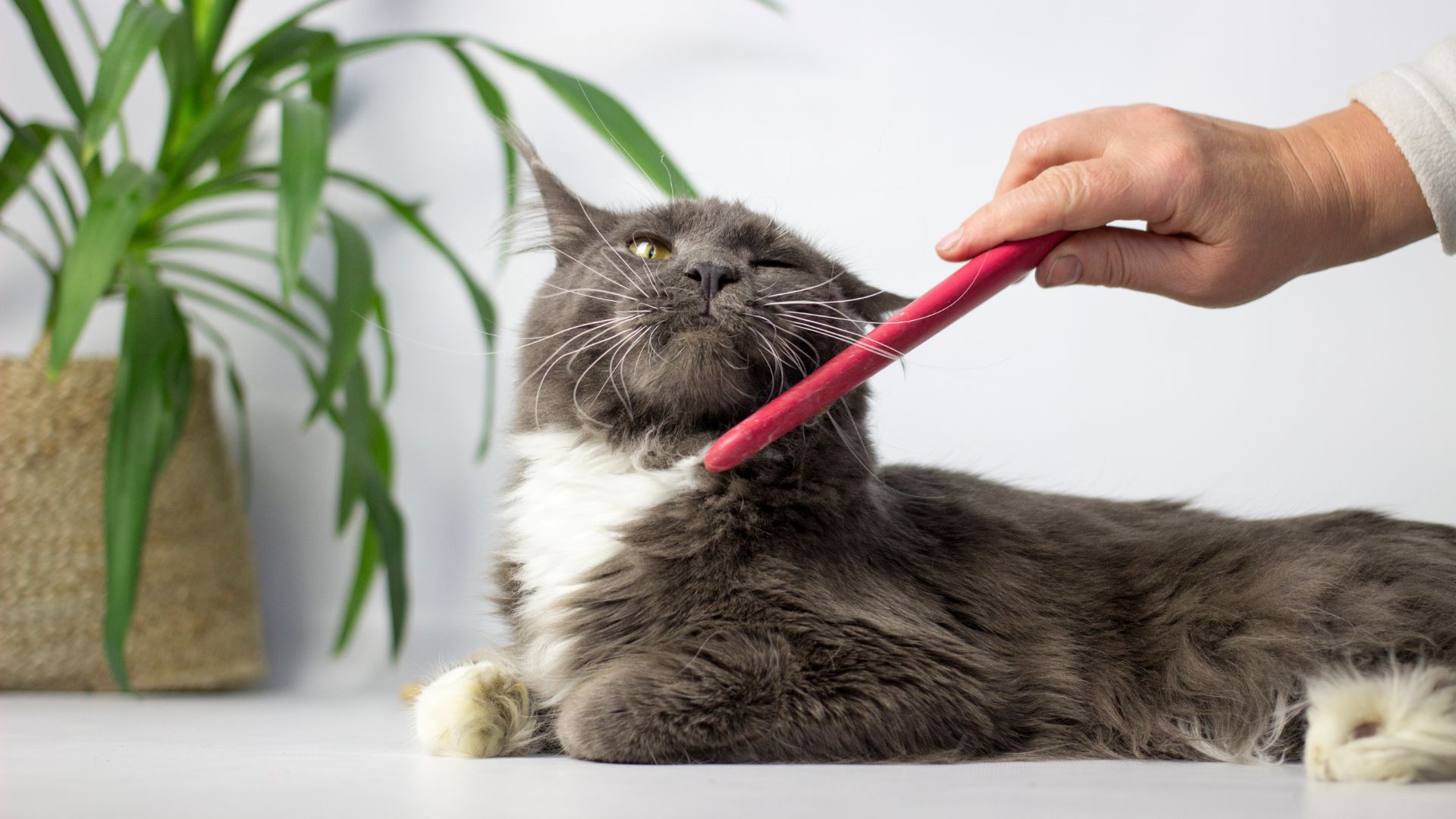
Hairballs in cats are not just a nuisance but can also lead to serious health problems if not managed properly.
These pesky hair-filled obstacles form when cats groom themselves, swallowing loose fur that accumulates in their stomachs. While occasional hairballs are normal, frequent occurrences might indicate a need for intervention.
Luckily, there are practical steps you can take to help your feline friend avoid these uncomfortable conditions.
From dietary changes to grooming techniques, vet-approved strategies can make a world of difference. This guide explores 9 effective tips to keep your cat happy and hairball-free.
1. Regular Brushing
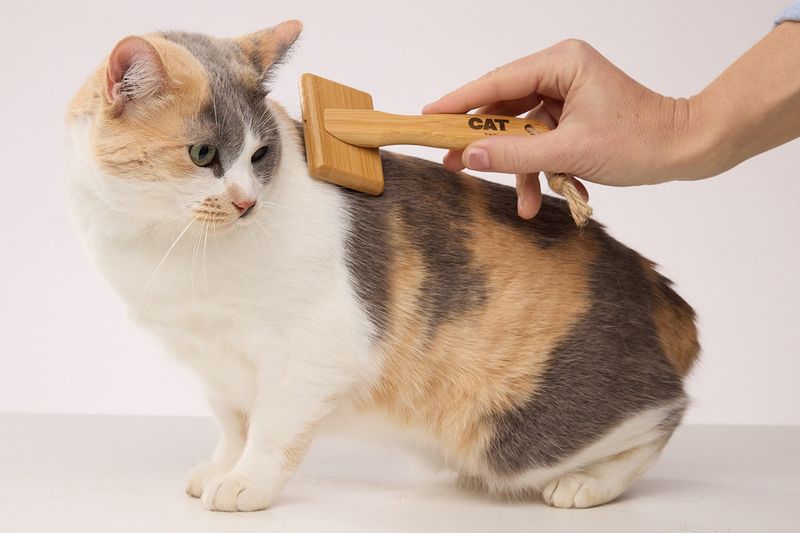
Cats groom themselves meticulously, but a little help from you can make a big difference in reducing hairballs. Brushing your cat regularly helps remove loose fur that would otherwise end up in their stomach.
Choose a brush appropriate for your cat’s fur type, whether it’s short or long-haired, and make it a bonding activity. It doesn’t have to be a chore; turning it into a routine your cat enjoys can bring both of you closer together.
Start with short sessions, gradually increasing the duration as your cat becomes more comfortable. Offering treats and gentle praise can make the experience enjoyable.
Consistent brushing not only reduces hairballs but also keeps your cat’s coat healthy and shiny. You’ll notice less fur around the house and a happier cat, free from the discomfort of hairballs.
Make sure to brush in the direction of the fur growth to avoid irritating your cat’s skin. Regular grooming sessions can be a wonderful way to check for any skin issues or parasites, ensuring your cat stays in top health.
Besides, it’s a special time to connect and show affection.
2. Dietary Fiber
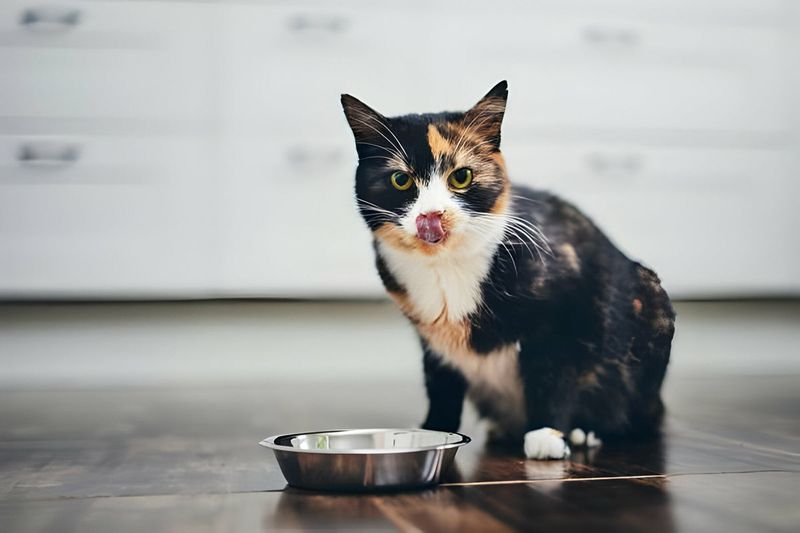
Introducing more fiber into your cat’s diet can work wonders in reducing hairballs. Fiber helps move swallowed fur through the digestive tract more easily, minimizing the chance of hairballs forming.
Look for cat foods specifically formulated to aid with hairball control, often featuring increased fiber content. Fiber can be found in various forms, from commercial cat food to natural supplements.
Consider adding a small amount of canned pumpkin or special fiber treats to your cat’s meals. These additions not only aid digestion but also provide essential nutrients that your cat needs to thrive.
Always consult with your veterinarian before making significant changes to your cat’s diet. Monitor your cat’s response to dietary changes, watching for improvements in their digestion and coat condition.
A balanced diet rich in fiber benefits not just hairball prevention but overall health. With the right fiber content, your cat can enjoy mealtime while staying free from the discomfort of hairballs.
Remember, each cat is unique, so finding the right balance may require some experimentation.
3. Hydration
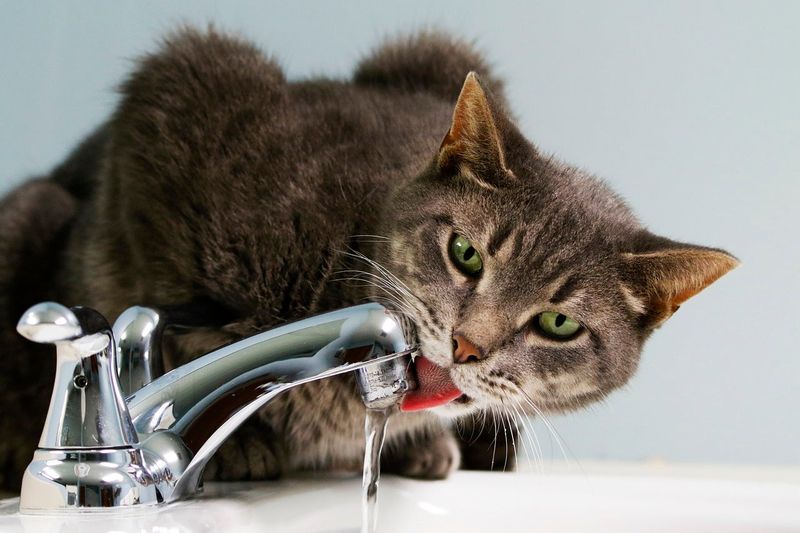
Keeping your cat well-hydrated is a crucial step in preventing hairballs. Water helps keep the digestive system functioning smoothly, allowing swallowed hair to pass more easily.
Offer your cat fresh water daily, and consider investing in a cat water fountain, as many cats prefer running water. Incorporating wet food into your cat’s diet is another effective way to increase their water intake.
Wet food has a higher moisture content compared to dry kibble, which benefits not just hydration but also urinary health. You can even mix a little water into their dry food to further boost their fluid intake.
Observe your cat’s drinking habits to ensure they’re consuming enough water. Some cats are more reluctant to drink, so finding ways to encourage this behavior can make all the difference.
Hydration is vital for overall health, aiding in digestion, kidney function, and, of course, minimizing hairball formation. A well-hydrated cat is a happy cat, enjoying a more comfortable life with fewer hairball worries.
4. Use Hairball Remedies
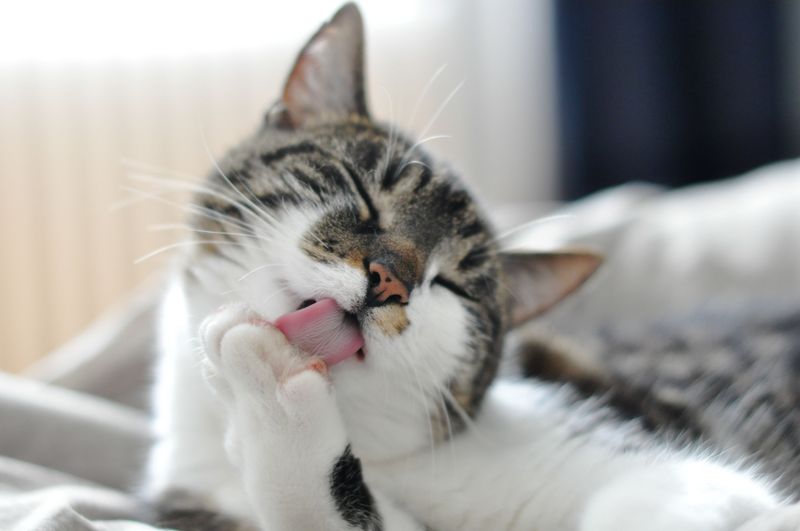
Hairball remedies are specially formulated to help cats pass hair more easily through their digestive system. These remedies often come in gel form and can be a practical solution for frequent hairball issues.
They typically contain lubricants that aid in the smooth passage of hair. Introduce these remedies gradually, following the product instructions or your vet’s guidance.
Most cats find these gels palatable, often flavored with chicken or fish to make administration easier. You can apply the gel directly onto your cat’s paw or mix it into their food.
Regular use can significantly reduce the occurrence of hairballs, making your cat more comfortable.
However, it’s essential to monitor your cat’s response and consult your veterinarian if you notice any adverse reactions.
Hairball remedies, when used correctly, are a valuable tool in maintaining your cat’s digestive health.
They complement other preventive measures, ensuring a comprehensive approach to hairball management. With these gels, your cat can enjoy grooming without the unpleasant aftermath of hairballs.
5. Specialized Cat Foods
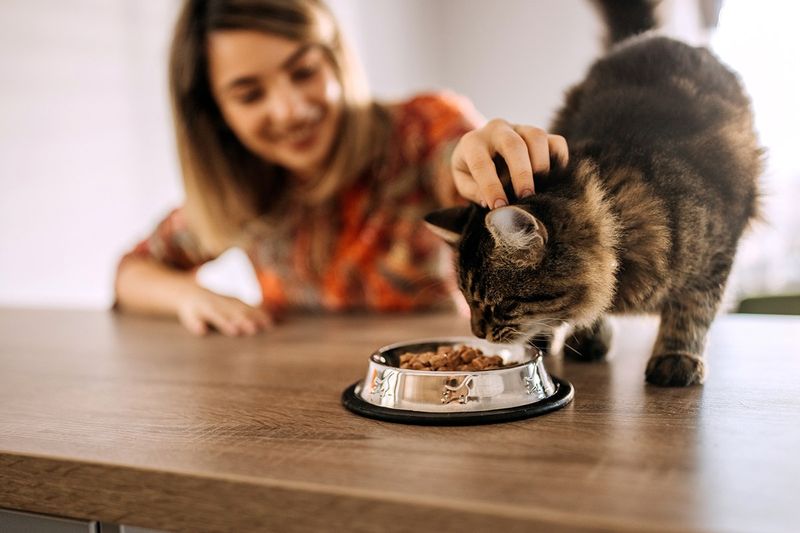
Specialized cat foods crafted for hairball control can be an effective part of your strategy to prevent hairballs. These foods often contain balanced nutrients and higher fiber content, specifically designed to aid in the digestion and expulsion of swallowed fur.
When selecting a hairball control cat food, look for reputable brands that meet your cat’s nutritional needs. These formulations are carefully crafted to support not just hairball reduction but overall health.
They often include essential fatty acids for skin and coat health, making your cat less prone to shedding. Transition your cat to a new diet gradually to avoid digestive upset.
Mix the new food with their current diet, gradually increasing the proportion over a week. Monitor your cat for any changes in their digestion or coat condition, and consult your vet if you have any concerns.
These specialized diets can make a noticeable difference, contributing to a reduction in hairball frequency and improving your cat’s quality of life.
With the right food, your cat can enjoy their meals while benefiting from enhanced digestive health.
6. Regular Vet Check-Ups
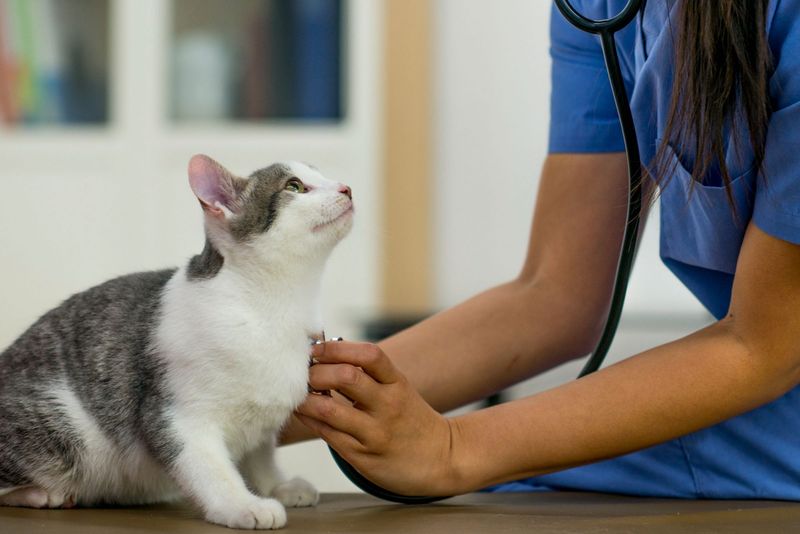
Routine veterinary check-ups are vital in preventing hairballs and ensuring your cat’s overall health. Regular visits allow the vet to monitor your cat’s coat condition and digestive health, providing personalized advice tailored to your cat’s needs.
During these check-ups, your vet can detect early signs of potential health issues that might contribute to hairball problems. They can recommend dietary adjustments, grooming techniques, or hairball remedies if needed.
These visits also offer an opportunity to discuss any concerns about your cat’s behavior or habits. Keeping up with vaccinations and preventive care ensures your cat remains in optimal health.
A healthy cat is less likely to suffer from frequent hairballs. Regular vet visits create a partnership between you and your veterinarian, working together to provide the best care for your feline friend.
By addressing hairball issues promptly, you can prevent them from becoming a more significant problem. Remember, your vet is your ally in maintaining your cat’s well-being.
7. Provide Cat Grass
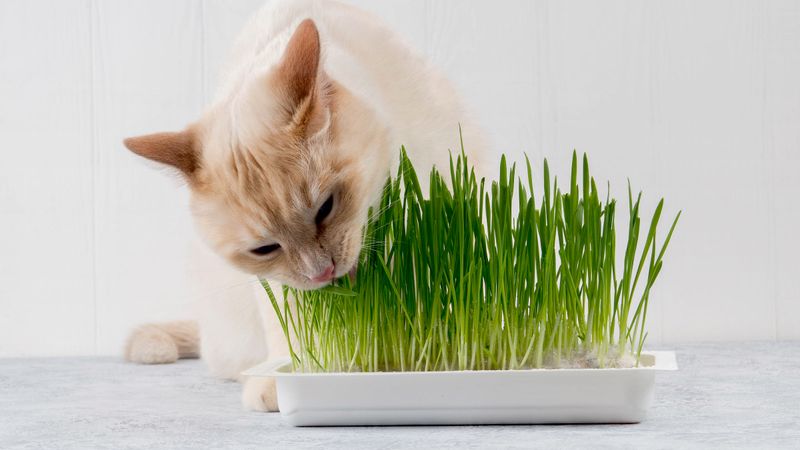
Cat grass is more than just a treat for your feline friend; it can play a role in reducing hairballs too. This natural fiber source aids digestion, helping to move swallowed hair through the system more efficiently.
Providing cat grass is a simple and enjoyable way to support your cat’s digestive health. You can grow cat grass in pots around your house, giving your cat easy access to this beneficial plant.
Most cats enjoy chewing on fresh grass, and it can serve as an indoor alternative to outdoor grass. Make sure the grass is free from pesticides and chemicals, ensuring it’s safe for your cat to consume.
Introducing cat grass to your home can also deter your cat from chewing on other household plants, which may be harmful.
It’s an excellent addition to your cat’s environment, promoting both mental stimulation and digestive health.
By offering cat grass, you provide a natural remedy that complements other hairball prevention strategies, contributing to a happier, healthier cat.
8. Reduce Stress
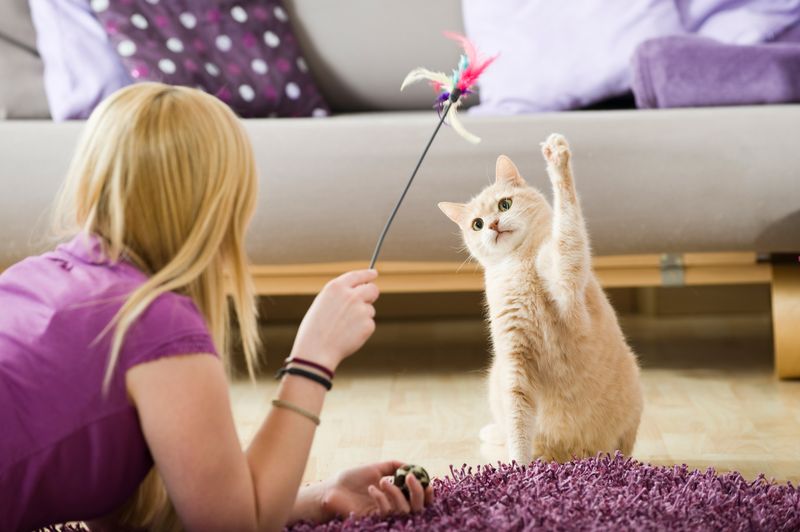
Stress can exacerbate hairball problems in cats, as they may groom excessively when anxious. Creating a calm and stress-free environment is crucial in minimizing hairball formation.
Ensure your cat has a safe, quiet space where they can retreat when feeling overwhelmed. Consider interactive toys or gentle playtime to distract your cat from excessive grooming.
These activities can redirect their energy and reduce stress-related behaviors. You may also explore pheromone diffusers, which can help create a calming atmosphere in your home.
Pay attention to your cat’s behavior and be mindful of any changes that may indicate stress. Addressing these issues promptly can lead to a more relaxed and content cat, reducing the likelihood of excessive grooming and hairball formation.
A happy cat is less prone to stress-induced behaviors, making your home a harmonious and hairball-free haven.
9. Omega Fatty Acids
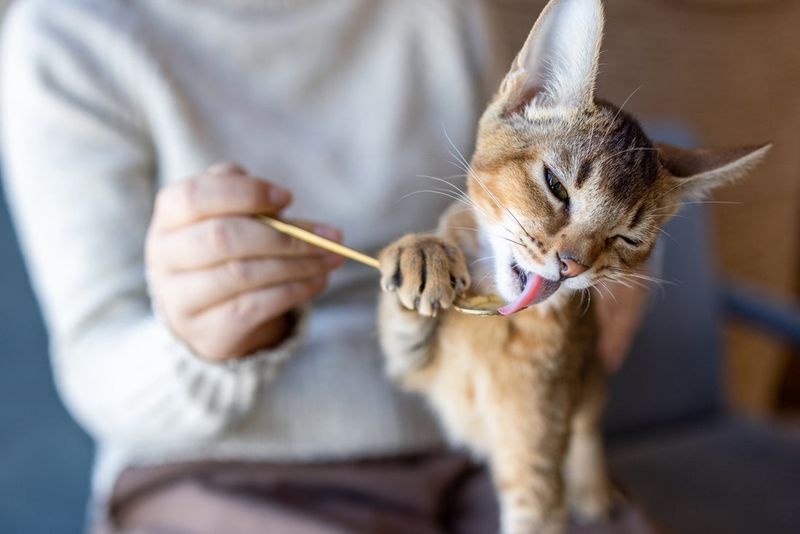
Omega fatty acids are not only beneficial for your cat’s overall health but also play a significant role in reducing hairballs.
These essential nutrients promote skin and coat health, reducing shedding that leads to hairballs. Including omega fatty acids in your cat’s diet can make a noticeable difference. You can find omega fatty acids in certain cat foods or supplements like fish oil.
Adding these to your cat’s meals can improve their coat’s texture and shine, making it less likely for loose fur to accumulate. Always consult with your veterinarian to determine the appropriate dosage for your cat’s specific needs.
Consistency is key when introducing omega fatty acids into your cat’s diet. Over time, you should observe a reduction in shedding and an improvement in overall coat condition.
These nutrients not only aid in hairball prevention but also support joint and heart health, contributing to a more vibrant and active cat. A well-nourished coat is the first step towards a life free from bothersome hairballs.


